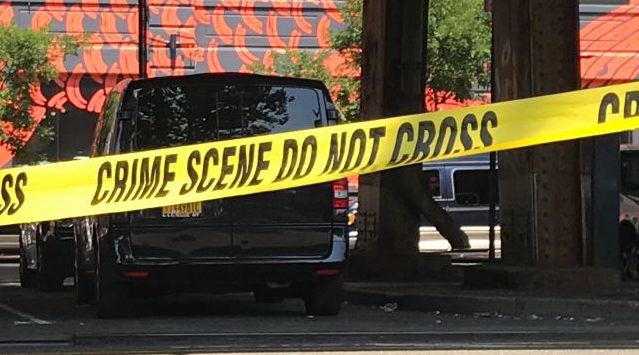
Now that the Legislature has said "no" to pricing streets, attention has turned to pricing curbside parking. It's no secret that meter rates are ridiculously low. This is because the DOT has been told by generations of mayors to keep the price down in an effort to appease motorists. The cost of this ill-considered gesture is a plague of cruising traffic, rampant double parking, congested streets, and motorists with nowhere to park paying $600 million a year in parking tickets.
The challenge for Mayor Bloomberg's DOT is how to change public attitudes conditioned by decades of artificially low prices. DOT has painful memories of City Council's 2005 decision to overrule a mayoral veto and suspend Sunday parking meters. The legislation was passed without an environmental review, and has gridlocked shopping streets, while costing taxpayers $20 million a year in lost revenue.
There is a politically popular way to overcome resistance to higher meter rates. City Hall should guarantee some of the meter revenue to neighborhood pedestrian cycling and transit improvements. Washington, DC and LA are doing it and it works. Transportation Alternatives, a number of Business Improvement Districts and internationally recognized authorities like UCLA's Donald Shoup have urged New York City to give it a try. Unfortunately, the same City Hall that urged lawmakers to have an open mind on congestion pricing has been adamant that the city's practice of sending all revenue to the general fund is unchangeable. Unlike congestion pricing, the size and scope of a "revenue return" pilot program would be easily adjustable and could work as an opt-in program combined with Residential Parking Permits.
Admittedly, revenue return is just one part of a much larger equation. But the harsh reality for a reform-minded DOT is that while there are pockets of support, there is no popular hue and cry for higher meter rates. The way out of this political gridlock is to give neighborhoods a direct stake in local parking reform by reinvesting some parking revenue in new sidewalks, traffic calming and bus improvements the average person can experience and appreciate.





